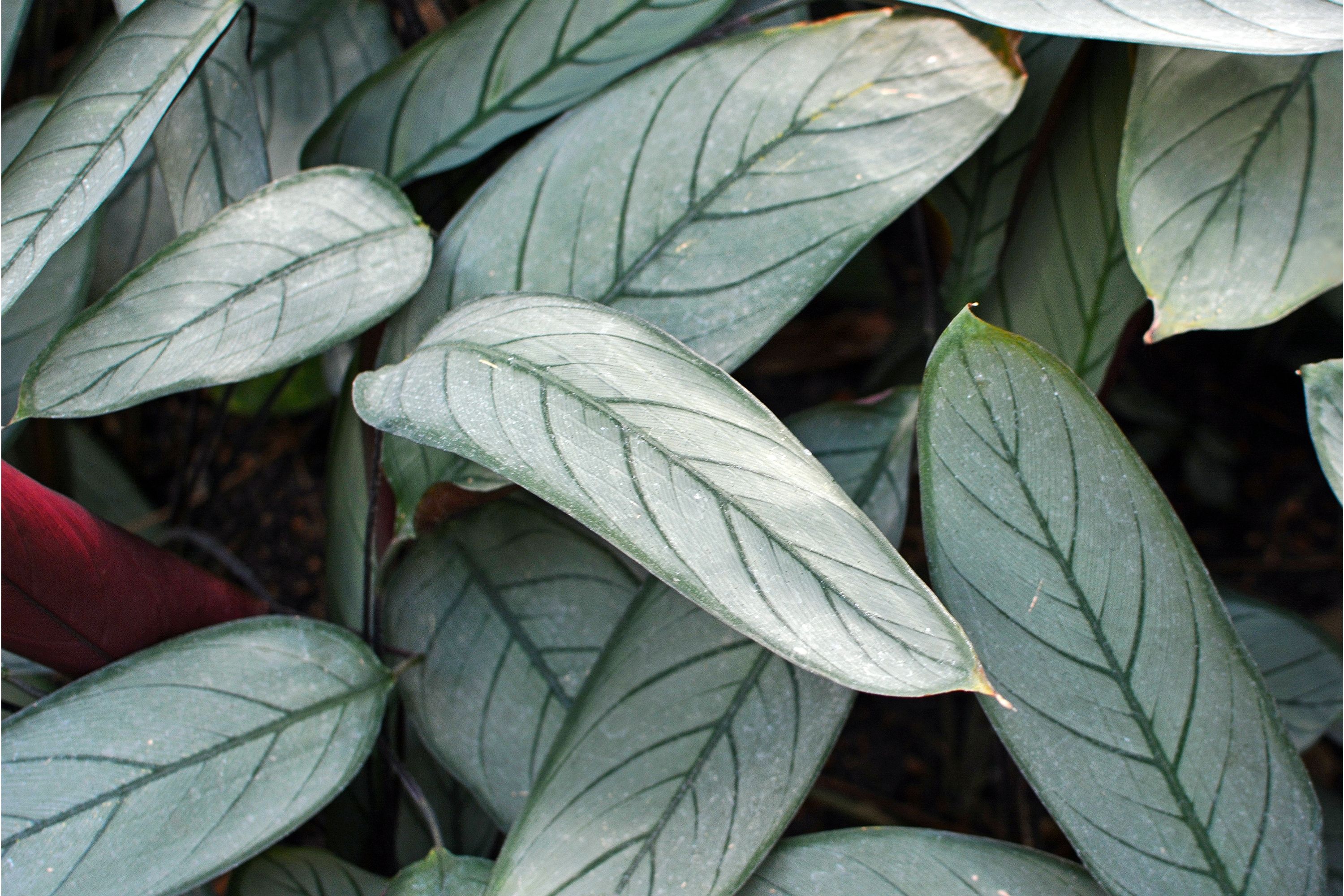Fishbone prayer plant
(Ctenanthe setosa)

Description
Ctenanthe setosa, commonly known as the "Fishbone Prayer Plant," is a popular houseplant belonging to the Marantaceae family. This plant is native to Brazil and has become a favorite among plant enthusiasts due to its unique foliage and ease of care. In this article, we will explore the history, description, propagation, care, and common problems associated with Ctenanthe setosa. History: The genus Ctenanthe consists of about 15 species of tropical plants native to South America. These plants were first described in 1831 by Carl Sigismund Kunth, a German botanist. The name "Ctenanthe" is derived from the Greek word "cten," which means "comb," and "anthos," which means "flower." This name refers to the comb-like arrangement of the leaves and the flowers that grow on the plant. Description: Ctenanthe setosa is a clumping plant that grows up to 24 inches (60 cm) in height and 18 inches (45 cm) in width. The leaves of the plant are long and lance-shaped, growing up to 10 inches (25 cm) in length and 2 inches (5 cm) in width. The leaves are green on top and have a silvery-white underside with a deep green pattern that looks like fishbones, hence the common name "Fishbone Prayer Plant." The plant blooms small, insignificant white flowers on tall, slender stems. Propagation: Ctenanthe setosa can be propagated through division or stem cuttings. Division involves carefully separating the plant's roots and replanting them in a new pot. Stem cuttings can be taken from the plant's stem, ensuring that each cutting has a node. The cuttings can then be placed in water or soil to root. Care: Light: Ctenanthe setosa prefers bright, indirect light. Direct sunlight can scorch its leaves, causing them to turn brown. Water: This plant likes to be kept moist but not waterlogged. Overwatering can lead to root rot, while underwatering can cause the leaves to wilt and dry out. Water the plant when the top inch of soil feels dry to the touch. Humidity: Ctenanthe setosa prefers high humidity levels. Place the plant on a pebble tray filled with water or use a humidifier to maintain a humidity level of 60% or higher. Temperature: This plant thrives in temperatures between 60°F (16°C) to 75°F (24°C). Avoid exposing it to temperatures below 55°F (13°C). Soil: Ctenanthe setosa prefers well-draining soil that is rich in organic matter. Use a mix of peat moss, perlite, and potting soil to provide the plant with adequate drainage and nutrients. Fertilizer: Feed the plant with a balanced liquid fertilizer every two weeks during the growing season. Common problems: Brown leaf tips: This is a common problem caused by low humidity levels or overfertilization. Increase humidity levels and reduce fertilizer application. Curling leaves: Curling leaves can be a sign of underwatering, low humidity, or exposure to direct sunlight. Increase watering frequency, maintain high humidity levels, and move the plant away from direct sunlight. Leaf drop: Leaf drop can be caused by overwatering or underwatering. Ensure that the plant is receiving adequate water without being waterlogged. Conclusion: Ctenanthe setosa is a beautiful and easy-to-care-for houseplant that can add a touch of tropical elegance to any home. With proper care and maintenance, this plant can thrive for years, providing its owner with the unique and striking foliage that makes it so popular among plant enthusiasts.
Taxonomic tree:







